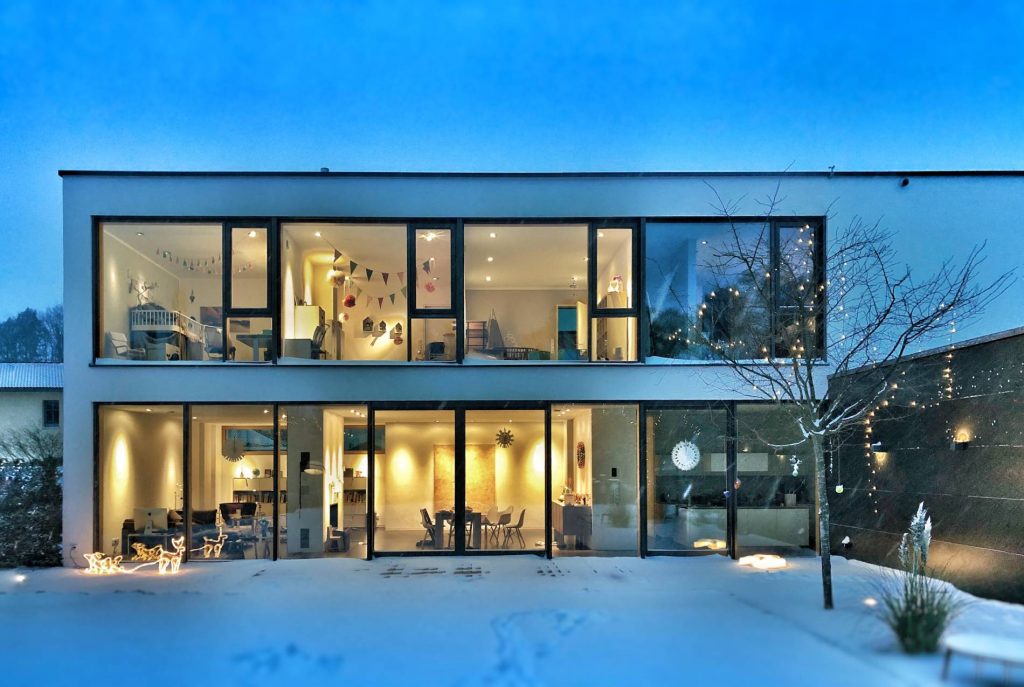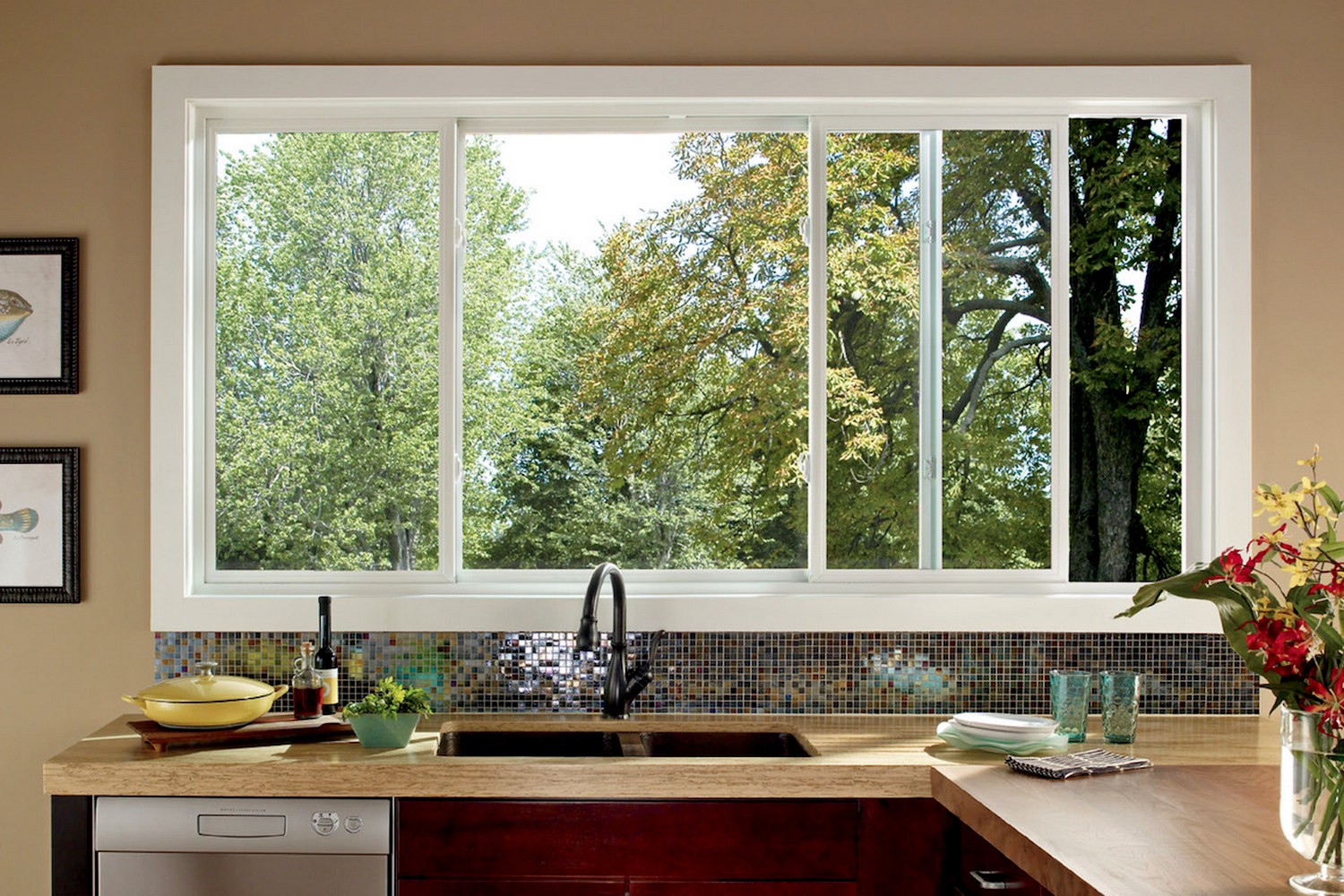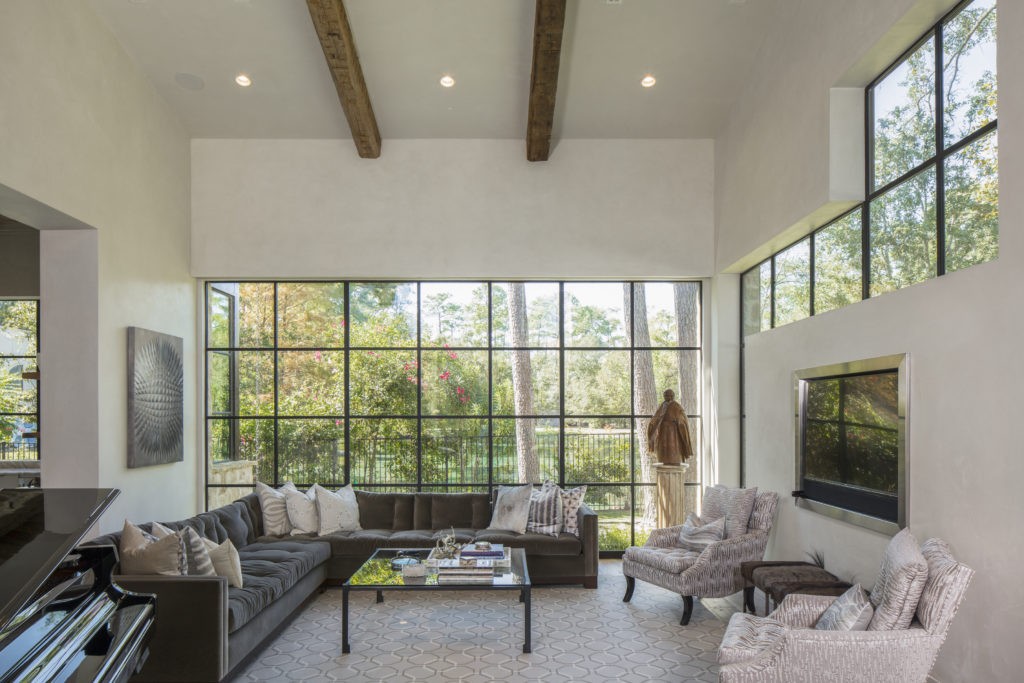
How Windows Contribute to Household Insulation
Windows bring the outdoors inside. However, you don’t want too much making your home drafty. Your windows may be the issue contributing to the insulation of your home. They may have not been installed properly, or maybe you have an older home that needs repairing. If you are struggling with high energy bills and acquiring the temperature of your liking, check out the information below.
Losing Heat or Cool Air

Almost all windows are going to have at least a small amount of air escaping, but what if you’re losing too much? Windows alone contribute to 10-25% of temperature loss in an average home. Ask yourself, when was the last time your windows were replaced or updated?

Windows have come a long way from simple glass panels stuffed into a hole in your wall, but we’ll save you the history lesson on every technological advancement windows have seen in the last few hundred years. The main factors you’ll want to look at for temperature loss are the type of window, the structure around them (wood, masonry, etc.), the exterior cladding (wood, siding, stucco, brick, etc.), and (if there is one) the type of weather-restrictive barrier.
It’s important to figure out where you’re losing temperature from first — is it the window, or the structure around it? In some cases, windows may begin losing temperature from age and wear or weather fluctuations causing shifts in the structure. In some cases, older windows simply don’t have the same temperature and energy efficiency as newer windows with better technology.

Once you figure out where you’re losing heat, you can figure out how much you might want to spend to fix it. Fiberglass and window spray foam insulation are a popular quick fix that can help plug up major leaks in around your windows or framework. For bigger leaks or if leaks aren’t really the issue, you may want to look into upgrading your windows.
Your Energy Bill is High

High energy bills are a common complaint, and windows can once again have a huge impact on raising or lowering your energy bill. On average, 25% of your energy bill can be contributed to inefficient windows. They may be outdated, poorly installed, or simply not as energy efficient as you’d like.
You can update those windows, or completely replace them depending on your budget. When it comes to windows, you should always prioritize quality over price! Windows don’t need to be replaced often if they’re high-quality windows, so it’s worth the investment, and it can cut down on your energy bill in particularly warm or cool weather as well. Here are a few things to consider when you’re thinking about updating or replacing your windows:

No one likes a high energy bill. Your outdated, poorly installed windows could be contributing to the shocking number on those bills. On average, 25% of your energy bill is caused by insufficient windows. You can update those windows or completely replace them depending on your budget. I’m sure this is obvious but just as a friendly reminder: quality above price. It will likely be worth the extra dough to save you money in the long run. Here are a few things to consider while taking on this project:
- Type of windows that work best in your climate
- Are storm windows or panels something you may need?
- Is solar control film an option for you?
- Learning how to weatherstrip may be beneficial
- Is shatterproof/soundproof glass a necessity?
Replacing your windows isn’t a simple DIY project, unfortunately. While the basic process of installing your windows might be fairly straightforward, a lack of proper setting and installation can negate pretty much any efficiency gain you’re getting by buying a new set of windows.
Don’t be afraid to reach out to your local professionals to get the job done right!
Remember, if you’re not ready to jump into a brand new set of windows, you can always shore up the gaps by checking your seals, adding some insulation, or following an easy DIY guide to inspecting your own windows for gaps, leaks, and air loss. But for the installation of new windows, leave it to the pros! It’ll definitely be worth the money.
Leave a Reply